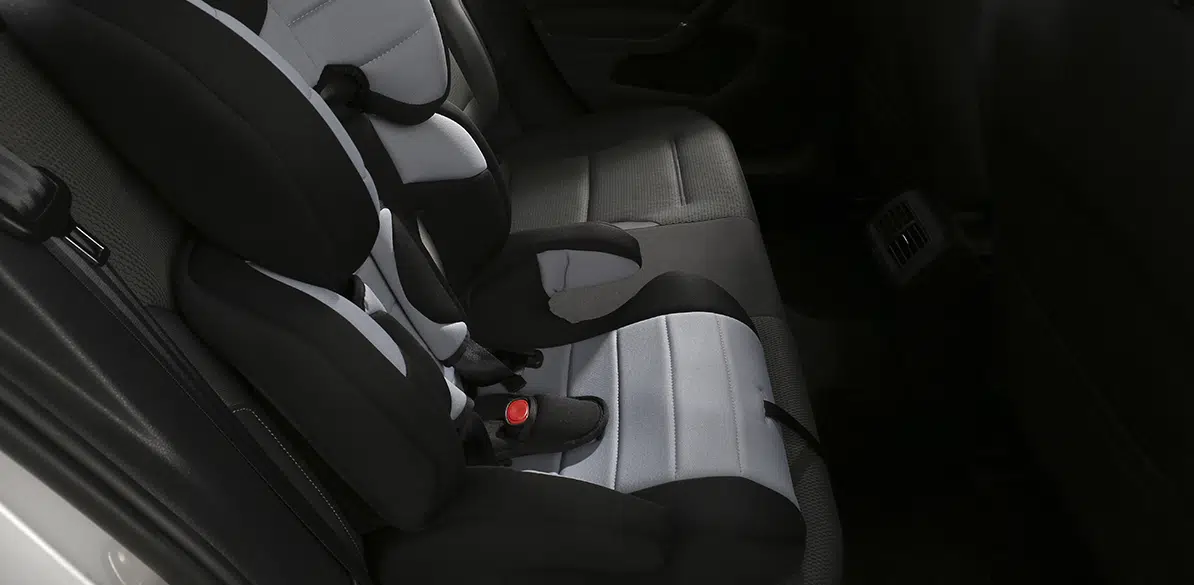Help to recycle children’s car seats
Child seats are made of high quality plastics that can be put to good use

Road Safety
To be sure that our car seat continues to offer optimal guarantees in terms of occupant protection, we always recommend that you follow the manufacturer’s guidelines in the instructions that come with the seat itself.
The useful life of a child seat is generally around 6-7 years, mainly due to the wear and tear of the material (mostly plastic) inside a car. Heat, cold, sun, and humidity are not good traveling companions and the materials lose their characteristic absorption, elasticity and resistance.
For the same reason it is not a very good idea to buy these products second hand, either in person or online, because it is very possible that the child seat is no longer able to perform properly. And it is necessary to remember that the child seat is a safety device that will either never perform its function, in the best case scenario, or will do so only once in its lifetime, and when it does, it must respond with all its absorption, resistance and elasticity properties intact, because the life of its occupant depends on it.
This means that after using the chair consistently for some time, the moment comes when you should take it to a recycling center so that it can be converted into another product.
The surprise is that, in general, children’s car seats go into the non-recyclable waste container.
Why does this happen?
Children’s car seats are made of high quality plastics and, therefore, can be recycled and the material reused, but the product itself is composed of various materials, which in some cases are difficult to separate, meaning that disassembling it is too time-consuming for a recycling center.
Normally the headrest, base and shell are made of the same material, polypropylene, while the belt guides are made of polyamide. The shock absorbers are made of expanded polystyrene, the covers are made of polyester and in many cases there is an internal metal structure that makes the product more resistant. If the children’s chair also has a support leg, this is usually made of aluminum. In short, there is an endless number of materials that are difficult to classify and separate.
Fortunately, all plastic materials must be marked with their composition, which allows us to identify them.
In an ideal world, child seats would all be made of the same material, but technology has not yet reached that point.
How can we help the recycling center?
A car seat can usually be disassembled with a few tools and it can even be fun. In general, the process begins by removing the upholstery and the expanded polystyrene, usually white, that acts as a shock absorber.
Next comes the disassembly of the headrest, followed by the disassembly of the base and the separation of the base from the housing.
Finally, the small parts and the metal elements.
Once we have the separated parts, we should put them together by type of material. Now we can take the pieces to the recycling center, where they will certainly recycle the ready-sorted materials and not put them in the reject pile.
The sustainability of the planet depends on each one of us, on small actions that together represent a globally vital action.
